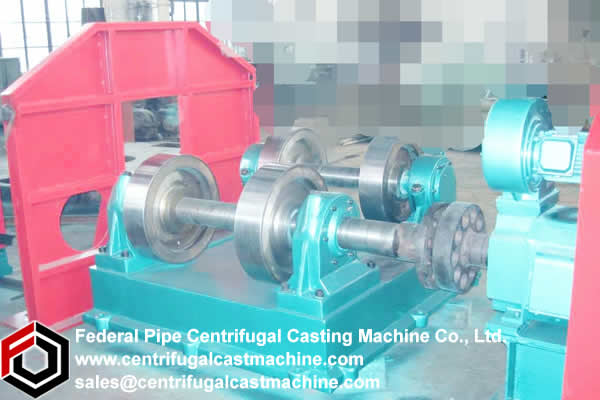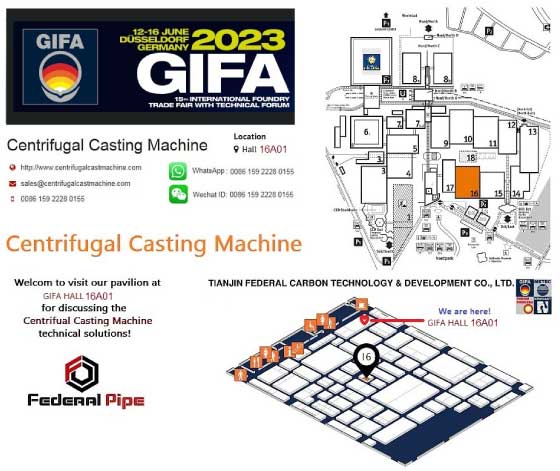Centrifugal Casting Process Variables and Casting Quality
Once the particular process has been established, the main variables con‐trolling casting quality are speed of rotation, pouring temperature, pouring speed and mold temperature. Their individual significance can be briefly summarized:
Speed of Rolation‐The main factors influencing speed selection were dis‐cussed in detail. However, the governing factor in true centrifugal casting is retention of the bore shape against gravity while still avoiding longitudi‐nal tearing and stresses during the accelerated solidification of the molten metal against the mold face. Rotational speed also exerts a marked influ‐ence upon metal structure, the most common effect of increased speed being to promote grain refinement although this can also be brought about from turbulence induced by instability of the liquid mass at very low speeds. A good judgment is to use the highest speed of rotation possible without encountering hot tearing.
• Pouring Temperature‐Pouring temperature exerts a major influence on the mode of solidification. Low temperatures are associated with maxi‐mum grain refinement and with equiaxed structures, while higher tempera ‐tures promote columnar growth in many alloys; however, practical consid‐erations limit the available temperature range. The pouring temperature must be sufficiently high to ensure satisfactory metal flow and freedom from cold laps while still avoiding coarse structures and the increased risk of hot tearing due to excessive superheat

